Rape is one of the most common and under reported crimes against women in India. It is carried out in different ways and cuts across various social structures. As a result, there are also classifications of rape for instance, ‘landlord rape’, ‘caste rape’, ‘rape by those in authority’, ‘class rape’, ‘police rape’ and ‘army rape’, ‘rape of minors’. Some rapes are not yet recognised by the Indian legal system, like ‘marital rape’ and ‘rape of sex workers’. The category ‘custodial rape’ was a result of amendments made in law on rape (Section 375, IPC) after the agitations of 1980s.
As the classifications also suggest, along with sexual violation, rape constitutes an exercise of power over the other person. This power rests on the various social structures of caste, class, authority of the state, employer, army, while also intersecting with patriarchal notions of the society. This factor was also influential in the way the feminist movements, which were left-leaning, were carried out, taking into account the gender and class and caste perspectives as well.
In the Indian feminist movement the issue of rape has been connected with other questions of state oppression and that of the dominant category of society. Under colonial rule for instance, rape as an issue was inextricably linked to the nationalist-feminist argument of the oppression of British state as a foreigner-coloniser. After independence, during the rise of feminism in 1970s, the rape by police, army and security forces, and ‘landlord rape’ became prominent issues. This was also probably because they could easily be raised into an issue on a larger scale, as it could be included in the larger framework of oppression by the state and leading sections of the society, as well as address the questions of gender and class and caste oppression. Feminists were also familiar with these issues as they had been taken up by earlier movements like the Maoist movement.
Many incidents fired activists and common people into protesting against rape. One such case was the Rameeza Bee rape case of 1978. It happened in Hyderabad where a woman by the name of Rameeza Bee was raped by several policemen. When her husband, a rickshaw-puller, protested against the gang rape, he was murdered. In protest, 22,000 people, including activists, marched to the police station and put the husband’s body on the veranda, blocked the roads, cut telephone wires, stoned the buildings and set fire to some bicycles in the compound. It was only after two platoons of police were called that the people were brought under control. However, this didn’t end the agitation.
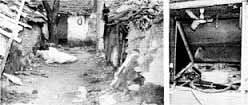
Moreover, politicians now got involved and the next day, the Chief Minister was gheraoed and prevented from leaving by members of the opposition until their demands were met. Amidst this, the police started firing at the crowd, which worsened the situation. A bandh (strike) was declared the next day to protest the firing, with a curfew in 16 districts, and 9 people were killed and 80 injured in Hyderabad and Secunderabad. The unrest could not be stopped even after the army was deployed, and were finally suppressed by declaring President’s Rule and appointing a commission to enquire into the rape and murder.
While the incident had an immense immediate effect, the agitation died down eventually. The media also sidelined the main issue of the gang rape of Rameeza Bee by police officials. Finally, when even after the enquiry commission found the policemen guilty, they were cleared of their charges by the Sessions Court, it was only a few feminist groups which demonstrated against the judgement.
The unrest following rameeza bee’s rape case couldn’t be controlled even after the army was deployed.
There were similar agitations in 1979, mainly by feminist groups. Among other incidents, there was a protest in Guwahati against the rape of women by the army; another in Jharkhand, as part of the Jharkhand movement, protesting the mass rape of women in Santhal Parganas. These incidents, though by no means insignificant, were unable to start a ‘movement‘.
It was the Mathura Rape Case in the state of Maharashtra that created an uproar on a national scale and through which the feminist groups themselves were able to come together across the country for the first time. In 1972, Mathura, a teenage Adivasi girl was abducted by several policemen, taken to the police station and raped. Though a case was registered against the policemen, they were acquitted at the Sessions Court. On further appeal, they were found guilty by the High Court. The verdict, however, was again reversed by the Supreme Court.
The defence of the policemen was that Mathura was a ‘loose’ girl as she had a boyfriend and therefore, by definition, could not be raped. The Supreme Court accepted this argument. This judgment prompted lawyers Upendra Baxi, Ragunath Kelkar, Lotika Sarkar and Vasudha Dhagamwar to write an open letter questioning the logic of consent applied in making the judgment.
Also Read: From Mathura Rape Case To Delhi 2012: The Pain Of Ineffective Laws And Dignity on Trial
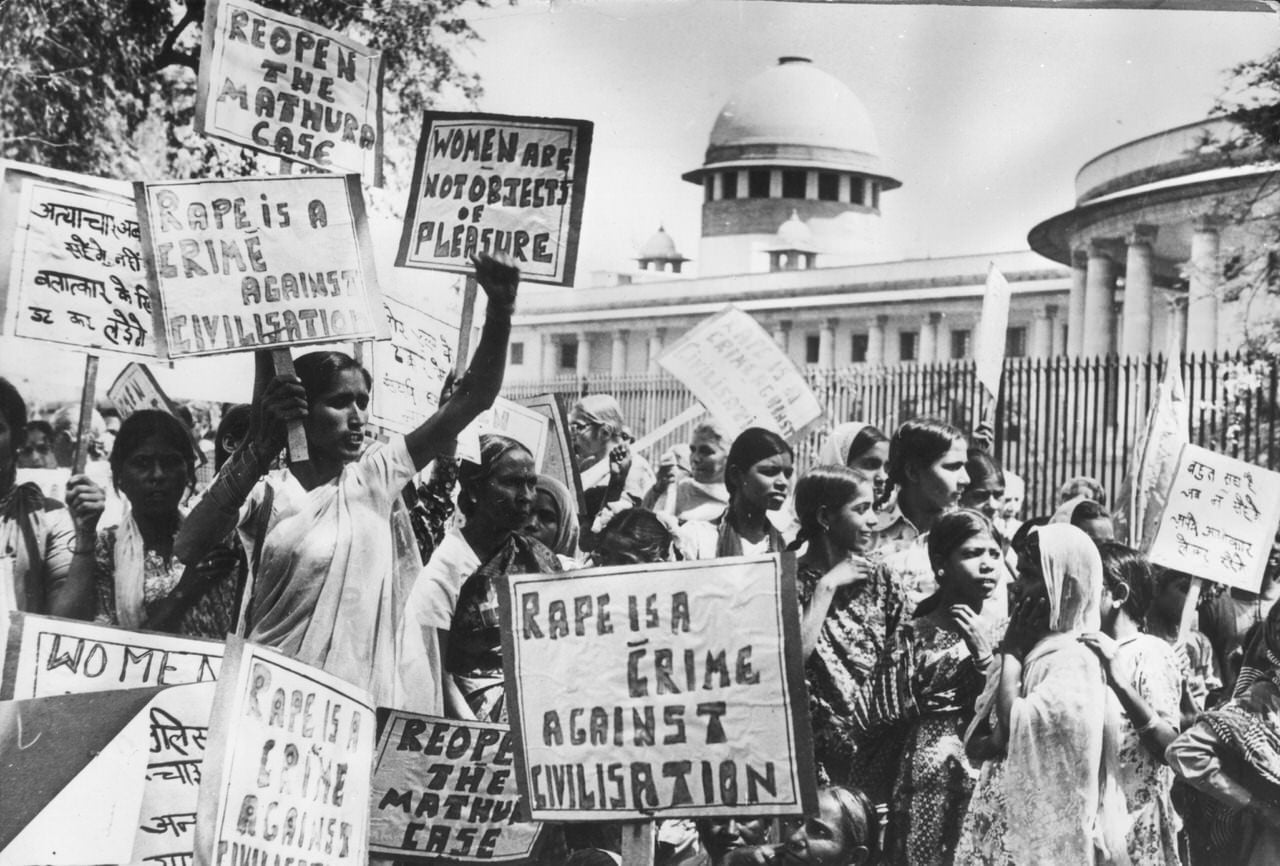
Through this letter feminist groups brought the issue of rape to the forefront. Forum Against Rape (later changed to Forum Against Oppression of Women), a feminist group in Mumbai, came across this letter in February 1980 and decided to start a campaign for reopening the case. For this, the group wrote to feminist groups throughout the country to organise protests on International Women’s day (March 8). This was the first time that feminist groups had co-ordinated with other groups beyond their states. Demonstrations were carried out in Delhi, Mumbai, Nagpur, Pune, Ahmedabad, Bangalore and Hyderabad. The demands included a retrial of the case and changes in the law on rape (Section 375, IPC).
The agitations were also a new direction for the feminist movement in India. The movement that had begun in the ’70s was now expanding and being consolidated with feminist groups, and socialist and communist party fronts coordinating and expanding their networks, mainly through student volunteers. It also became a pathway for the feminist movement to enter mainstream politics.
However, the coordination did not last long, with links being severed between the cities. Though there was an exchange of pamphlets, posters, etc. There was a lack of good and speedy communication across states, as well as limited resources to carry out such large-scale operations. Another issue was the ideological differences and strategies over which there was no agreement. As a result, the joint action was more at a formal level, with the groups also engaging in activities independent of the movement.
There were also reports of independent protests against rape and sexual harassment by police officials from all over the country, highlighting the extent of people’s involvement. The people came out on the streets, gheraoed the culprits and demanded justice against the officials, pressurising the authorities into action. Radha Kumar maintains that though many such protests also occurred before and cases too were registered before, the feminist movement probably gave them an impetus which was lacking previously.
For instance, there was now more coverage of rape cases and protests against them in the media and the issue also became subject to public debates. Politicians, at local, state and central levels, were now also often held responsible for the crimes, thereby politicising the issue as one of state oppression.
As many as 5000 residents from Dabwali demonstrated against the rape of Shiela Devi.
However, the involvement of mainstream politics also brought complications with it. The focus shifted from the class and gender subordination to a patriarchal aspect of rape as a violation of the women’s honour and therefore, a need for her protection. Moreover, feminist groups too, were in a dilemma as the presence of political parties increased the numbers, but were constrained by them morally and strategically.
For instance, the case of Shiela Devi of Dabwali in Haryana, who was raped and allegedly murdered by a police constable in the police station sparked major protests. As many as 5000 residents from Dabwali demonstrated against the crime. The situation got out of control with 22 injured as the police opened fire at them. The Haryana government took prompt action. Nonetheless, the opposition parties demanded the resignation of the Haryana government for failing to protect the ‘lives, property and honour’ of the people. Thus, by this time, the issue had also been appropriated by political parties in their political rivalries and party politics.
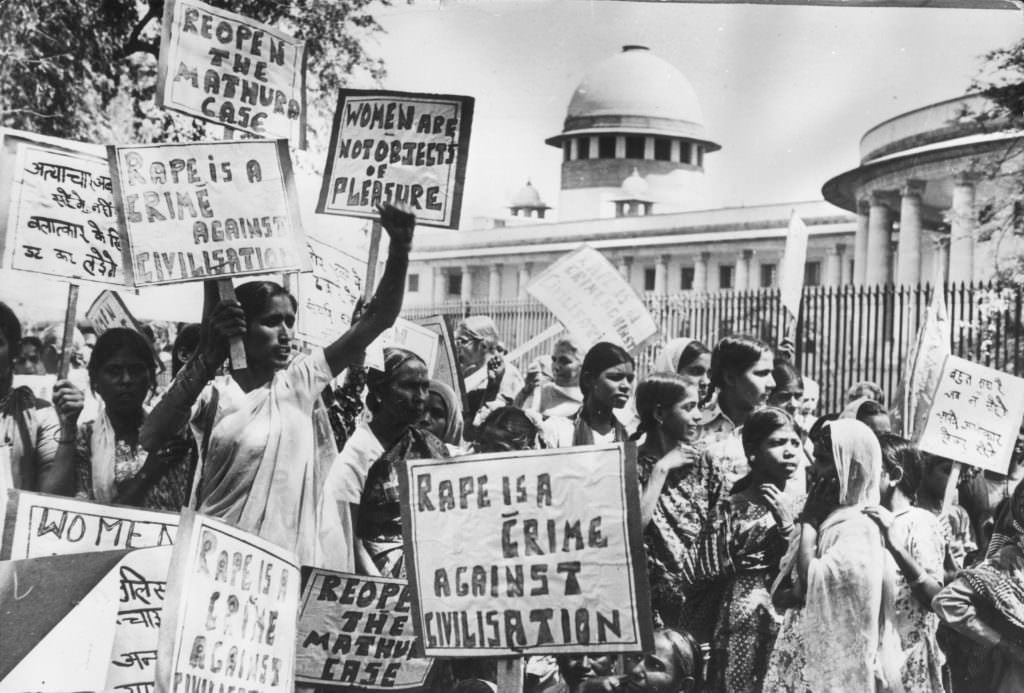
There were certainly results, as after politician Raj Narain’s announcement of fast unto death during Shiela Devi’s case, the government introduced amendments in the law on rape as well as in the legal definition of rape. The government had given in to feminists’ demands for change in rape law and even though the bill had been on the anvil for several months, it materialised only now. It introduced the category of custodial rape, comprising of state functionaries, employers, immediate superiors. It also added the categories ‘mass’ and ‘gang’ rape to the already existing individual rape. The punishment for custodial rape was stated as mandatory imprisonment for 10 years, with ‘in camera’ trial and the onus of proof to be shifted onto the accused instead of the victim.
Also Read: The Government Banned An Event In Remembrance Of The Mass Rape At Kunan Poshpora
However, feminists found the amendments limited in their scope, which started a debate amongst feminist groups themselves. Those against the in camera clause argued that this does not allow for any public monitoring of the rape cases, while those for this clause maintained that at least it protected the identity of the victim. The most contested clause was, however, the Burden of Proof clause. According to the clause, if the woman could prove that she had been forced into intercourse, then the accused would be presumed guilty until proven otherwise.
This debate caught the attention of the mainstream media as well as feminist groups, though for different reasons. The main argument was that this gave a lot of power to the woman and could be used against innocent men. It also violated the basic principle of a man being innocent until proven guilty. While amongst feminists the main debate was whether this clause should be extended to categories other than custodial rape or not, the final Bill passed in 1983, included the Burden of Proof clause for custodial rape.
Further amendments were made in the law after the 2012 Delhi gang rape that generated demonstrations and protests throughout the country. The Criminal Law (Amendment) Act 2013 was passed, with changes in Section 375 of IPC, Criminal Procedure Code and Evidence Act, to tighten the laws against rape and sexual assaults against women. Some amendments included broadening the definition of rape, capital punishment for rape cases that have lead to death or rendered the victim in a ‘persistent vegetative state’ and minimum 20 years imprisonment for gang rape.
The Act was also criticised for being not inclusive by not including any other gender in the victim category or that of women in the perpetrator category, not recognising marital rape and not reducing the age of consent from 18 to 16. There were also no amendments in the AFSPA Act, as suggested by the Justice Verma committee, according to which no sanction was required to prosecute an armed force official accused of rape or sexual assault.
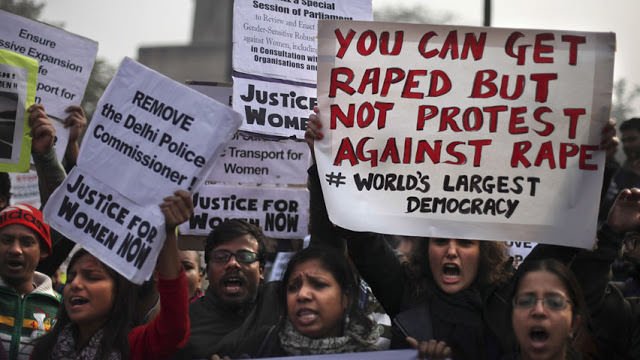
In the 1980 protests, theoretical aims of feminist groups did not have the desired results. However, it would also be unfair to say that this movement was a failure. The feminist groups wanted to develop a class consciousness amongst women, and a consciousness of women’s oppression, by taking up an issue that they could very much relate to. However, the ground reality was much more complex, especially when dealing at such a large scale. Nonetheless, rape now became a socio-political affair, and concepts like consent of a woman, the definition of rape, issues which were earlier looked at from a parochial view and often became the defence of rapists, were now being articulated in the public sphere.
Featured Image: Photo by Keystone via Getty Images
About the author(s)
Himanshi is pursuing Masters in History and hopes to be a historian one day. She loves to read books, and even more to collect them. In her free time, she likes to explore historical haunts. Also, she is a foodie and spaghetti makes her heart race.
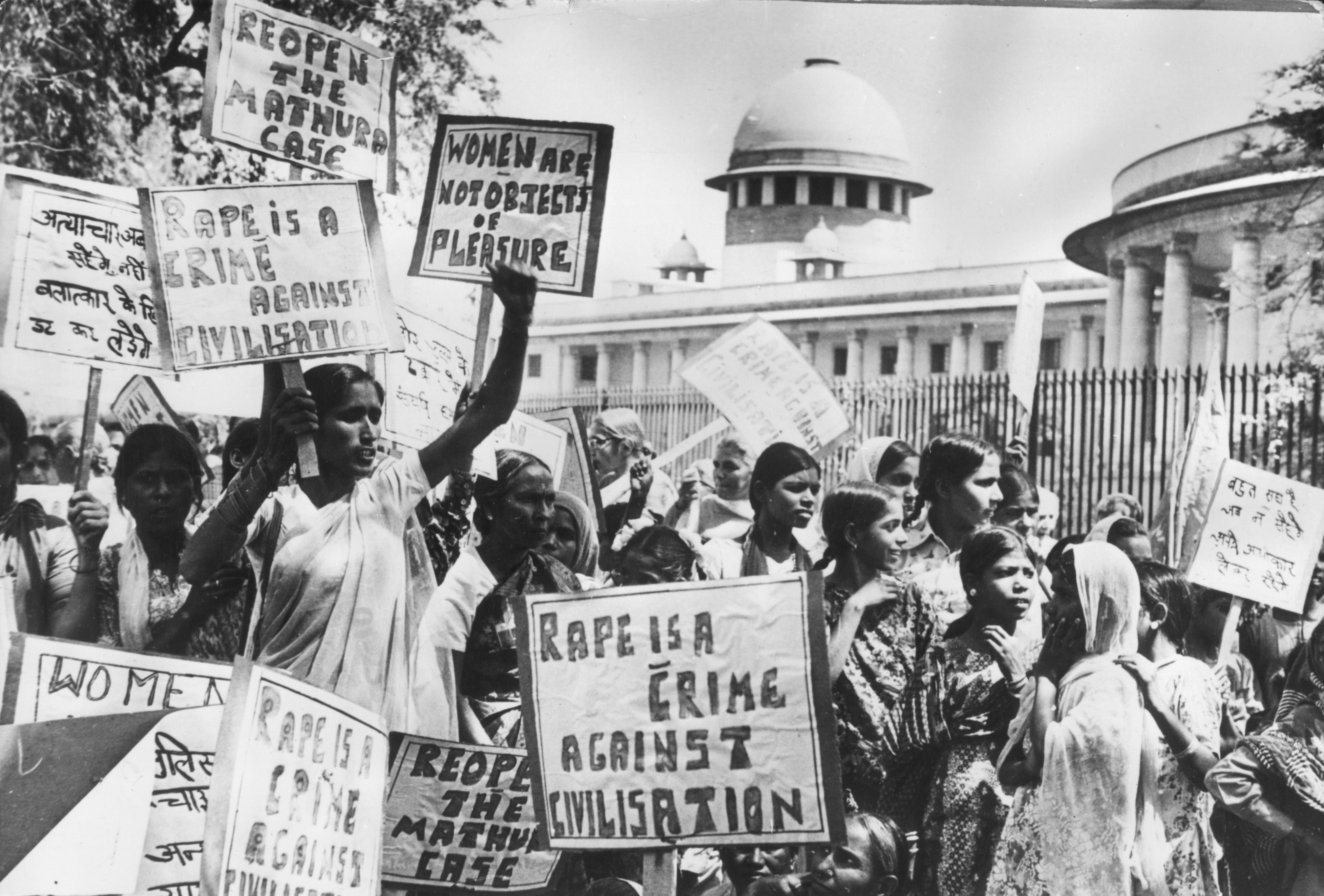
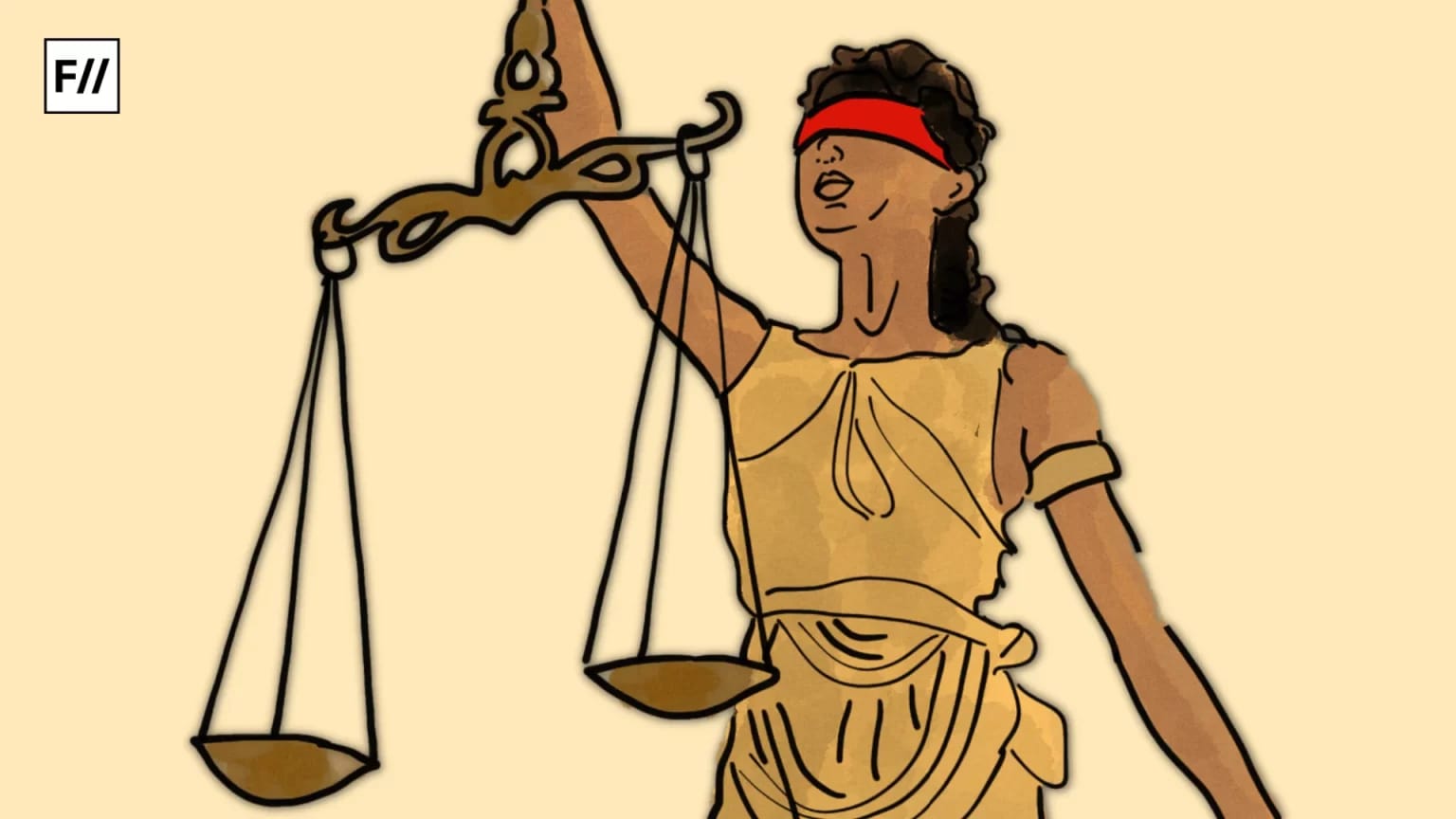
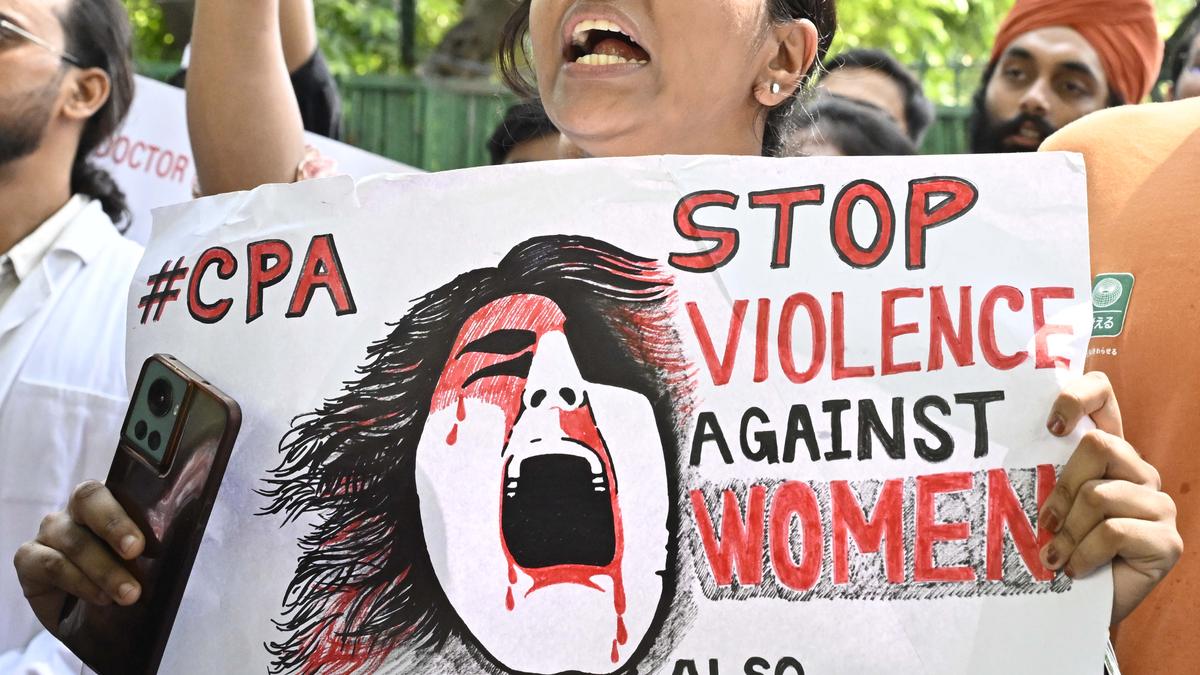
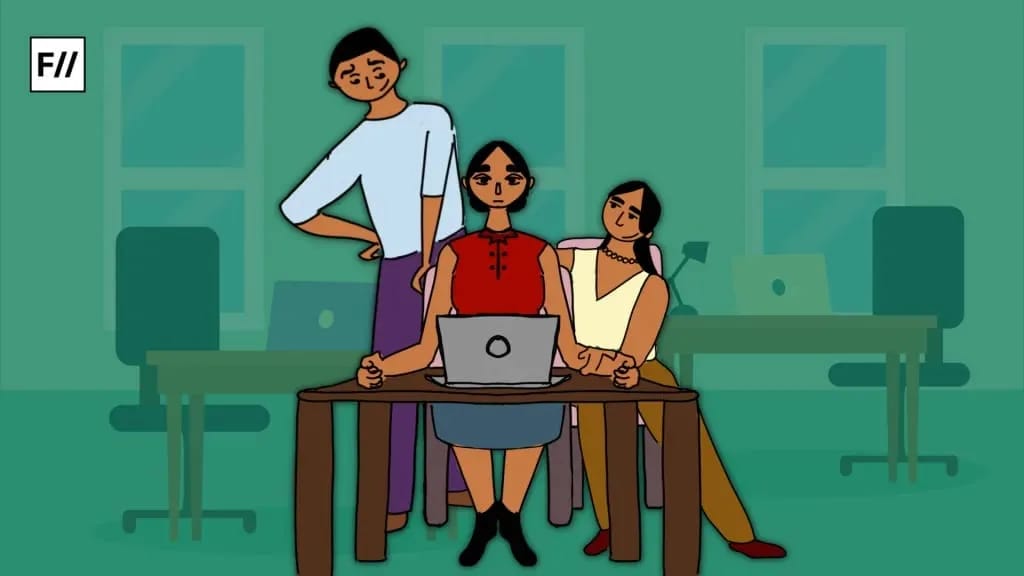

I haven’t any word to appreciate this post…..Really i am impressed from this post…Its an awesome, appropriate, customized information one seeks for. You have mentioned everything in a proper way for yor travel experience.